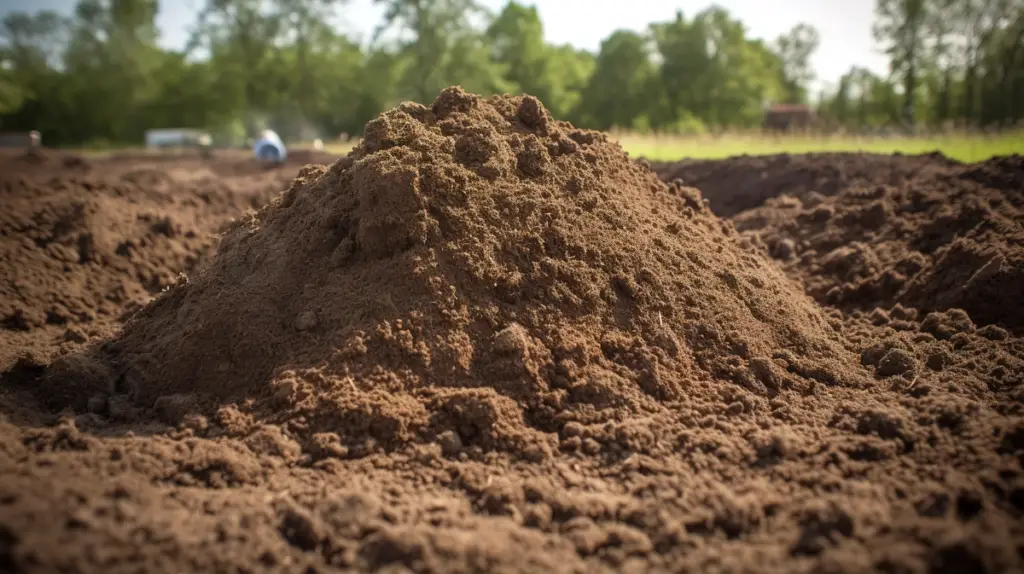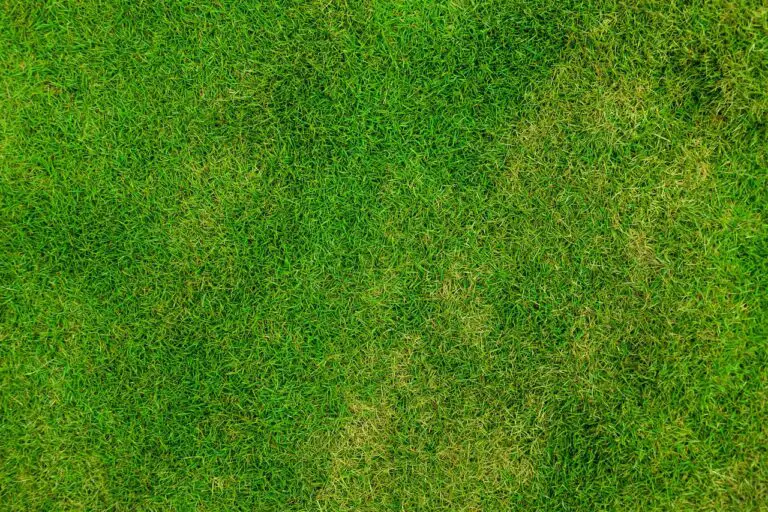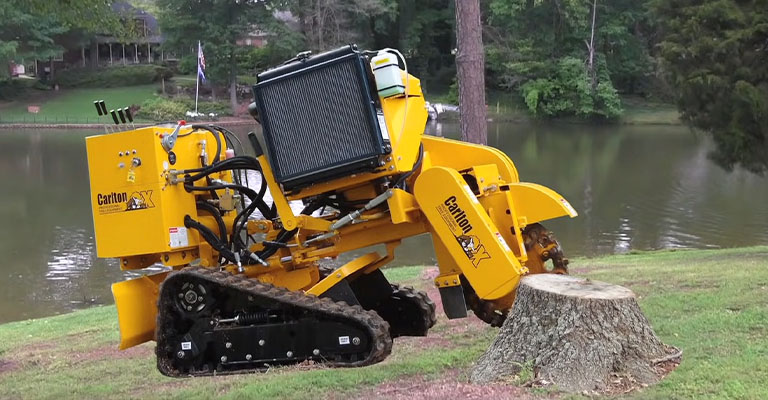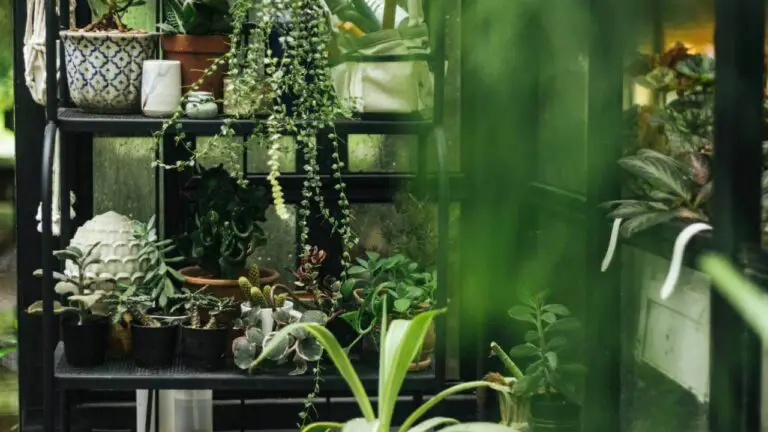6 Common Mistakes to Avoid When Working with Topsoil in Your Garden

Gardening enthusiasts should understand the significance of topsoil in nurturing a healthy and vibrant garden. Topsoil is the upper layer of soil that holds organic matter, essential nutrients, and microbial life that’s vital for plant growth.
However, despite its importance, many gardeners make common mistakes when working with topsoil, inadvertently obstructing the success of their gardening efforts.
Luckily, we’re here to help!
Here are six common mistakes to avoid so you can make sure you get the most out of your topsoil and create a thriving garden.
Get the Most Out of Your Topsoil by Avoiding These 6 Mistakes
1. Neglecting Soil Testing
One of the most common mistakes gardeners make when working with topsoil is neglecting to conduct soil testing. Before introducing any amendments or planting new vegetation, it is important to understand the composition of your topsoil.
Soil tests provide valuable information about the pH level, nutrient content, and texture of the soil, and without this knowledge, you may unknowingly add unnecessary fertilizers or amendments, leading to an imbalance in soil nutrients.
To avoid this mistake, invest in a soil testing kit or consult with a local agricultural extension office. Understanding your soil’s unique characteristics will help you make informed decisions about amendments, ensuring that your garden receives the specific nutrients it requires for optimal plant growth.
2. Overlooking Soil Aeration
Proper soil aeration is essential for the health of your garden, yet it’s an element that’s often overlooked by gardeners. Compacted soil restricts the movement of air, water, and nutrients, hindering root development and plant growth.
When working with topsoil, ensure that you address any issues of compaction by incorporating organic matter such as compost. This not only enhances soil structure but also promotes beneficial microbial activity.
Avoid the temptation to over-till the soil, as excessive cultivation can disrupt the natural soil structure and lead to compaction over time. Instead, focus on practices like mulching, which helps maintain soil moisture, prevents compaction, and encourages aeration by providing a protective layer over the topsoil.
3. Incorrectly Applying Fertilizers
While fertilizing is a crucial aspect of gardening, using fertilizers incorrectly can be detrimental to your plants and the overall health of the soil. Over-fertilization is a common mistake that can lead to nutrient imbalances, soil toxicity, and environmental pollution.
Conversely, under-fertilization may result in nutrient deficiencies, stunted growth, and poor yield.
To avoid these issues, carefully follow recommended fertilization guidelines based on your soil test results. Choose fertilizers that align with the specific needs of your plants, and be mindful of the application rates.
Organic alternatives, such as compost and well-rotted manure, are excellent choices for improving soil fertility without the risk of overloading the soil with synthetic chemicals.
4. Ignoring Watering Practices
Proper watering is a fundamental aspect of gardening success, and when working with topsoil, it’s essential to strike a balance. Over-watering or under-watering can both have adverse effects on plant health and soil structure. While some plants thrive in consistently moist conditions, others prefer well-drained soil.
To avoid common watering mistakes, tailor your watering schedule to the specific needs of your plants. Consider factors such as soil type, weather conditions, and the water requirements of each plant species in your garden.
Mulching is another effective technique to retain soil moisture, regulate temperature, and suppress weeds, contributing to overall water conservation in your garden.
5. Disregarding Soil Erosion
Soil erosion is a significant concern in gardening. The topsoil layer is the most fertile and rich in nutrients, making it crucial to preserve. However, improper landscaping practices, such as inadequate ground cover or steep slopes, can lead to erosion, causing the loss of valuable topsoil.
To prevent soil erosion, implement erosion control measures such as planting ground cover, installing retaining walls, or using mulch to protect exposed soil. Properly designed garden beds and well-planned landscaping can also contribute to reducing erosion risks.
By taking these precautions, you safeguard your topsoil, ensuring its longevity and preserving the foundation of a healthy garden.
6. Choosing Quality Topsoil
Selecting the right topsoil is a fundamental aspect of gardening success, influencing the health and vitality of your plants. Research your supplier thoroughly, seeking reputable sources that provide soil testing results, ensuring the absence of contaminants.
Factor in the logistics of delivery and storage when making a purchase. Ensure that the topsoil delivery supplier has the quantity you need, and make a plan for storing excess soil if necessary. Properly stored topsoil maintains its quality, preventing it from becoming compacted or contaminated before use.
Avoid the appeal of budget options, as low-quality topsoil may lack essential nutrients. Understand your garden’s needs and match the topsoil composition accordingly, considering factors like drainage and nutrient content.
By taking these measures, you ensure that the topsoil you introduce to your garden is of the highest quality, setting the stage for a flourishing and sustainable gardening experience.
Conclusion
Working with topsoil is a vital aspect of successful gardening, but avoiding these common mistakes is crucial for achieving optimal results. By conducting soil tests, addressing soil compaction, applying fertilizers judiciously, mastering watering practices, and preventing soil erosion, you set the stage for a flourishing garden.
Incorporating these practices into your gardening routine will not only enhance the health of your plants but also contribute to the sustainability and longevity of your garden’s topsoil.
Remember, a mindful approach to topsoil management can be your key to creating a vibrant and thriving garden space.




